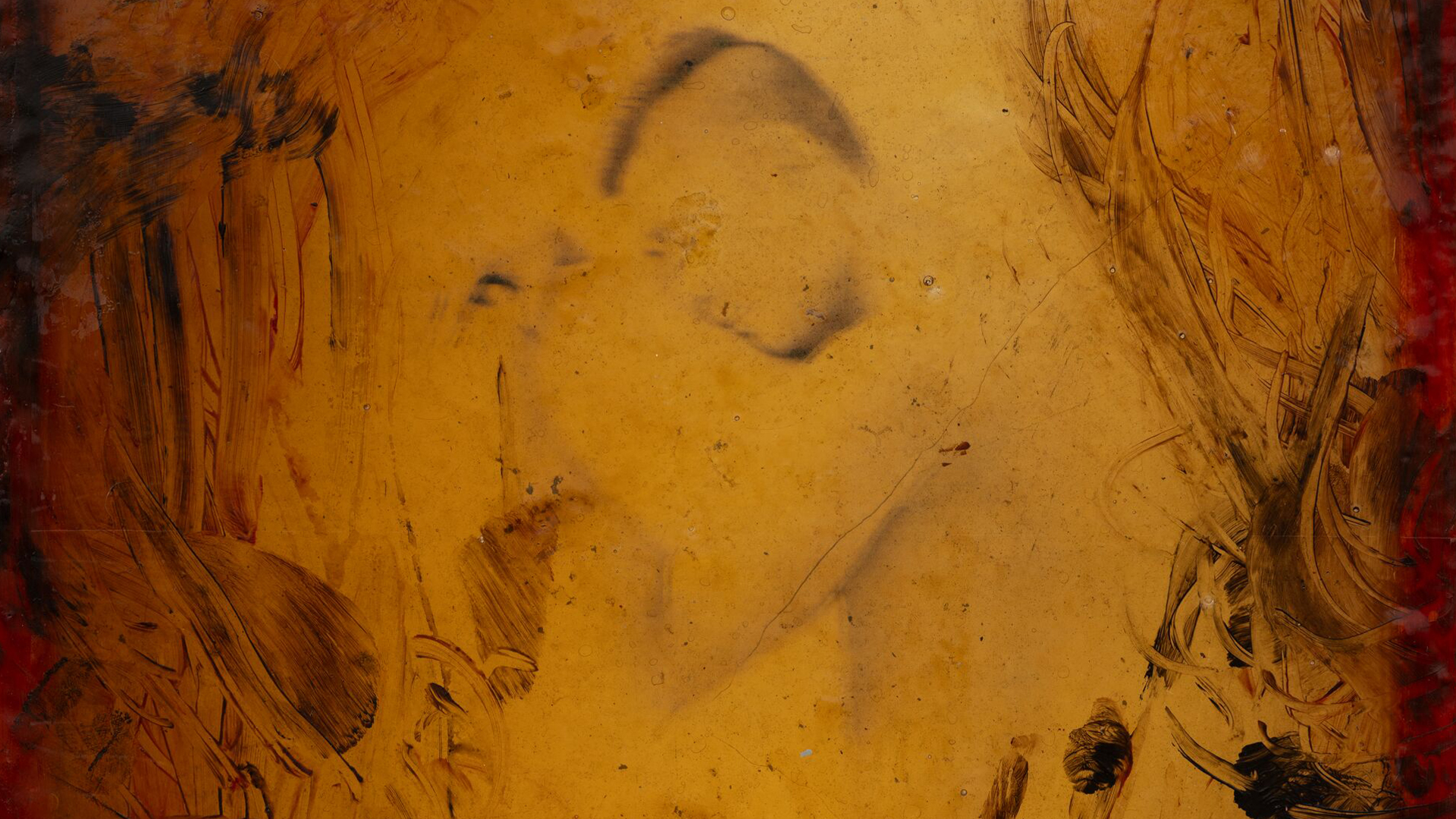
Guillermo Kuitca, Retablo, 2016. © Guillermo Kuitca
Exhibition Walkthrough of ‘Guillermo Kuitca’ with Hernan Diaz Alonso and Analia Saban
Guillermo Kuitca’s paintings collapse, mirror, and fracture the architectural structures and spaces they depict, placing the viewer in spatial and temporal limbo. On the occasion of the artist’s new work presented in 'Guillermo Kuitca,' join us for a walkthrough with Director & CEO of Southern California Institute of Architecture (SCI-Arc), Hernan Diaz Alonso and renowned Argentine artist Analia Saban to talk about Kuitca’s work through the lens of architecture. This event is free, however, due to limited capacity reservations are recommended. Click here to register. About Hernan Diaz Alonso Hernan Diaz Alonso assumed the role of SCI-Arc director beginning in the 2015 academic year. He has been a distinguished faculty member since 2001, serving in several leadership roles, including coordinator of the graduate thesis program from 2007–10, and graduate programs chair from 2010–15. He is widely credited with spearheading SCI-Arc’s transition to digital technologies, and he played a key role in shaping the school’s graduate curriculum over the last decade. In parallel to his role at SCI-Arc, Diaz Alonso is principal of the Los Angeles–based architecture office Xefirotarch. His multidisciplinary practice is praised for its work at the intersection of design, animation, interactive environments, and radical architectural explorations. Over the course of his career as an architect and educator, Diaz Alonso has earned accolades for his leadership and innovation, as well as his ability to build partnerships among varied constituencies. In 2005 he was the winner of MoMA PS1’s Young Architects Program (YAP) competition, and in 2012 he received the Educator of the Year award from the American Institute of Architects (AIA). He won the 2013 AR+D Award for Emerging Architecture and a 2013 Progressive Architecture Award for his design of the Thyssen-Bornemisza Pavilion/Museum in Patagonia, Argentina. Diaz Alonso’s architectural designs have been featured in exhibitions at the Venice Architecture Biennale, the London Architecture Biennale, and ArchiLab in Orleans, France, as well as included in exhibitions at such leading museums as the Museum of Modern Art, New York; the San Francisco Museum of Modern Art (SFMOMA); the Art Institute of Chicago; and MAK Centre, Vienna. The work has been widely published in magazines, journals, and books, including the Excessive monograph of Xefirotarch. The office is currently working on a new monograph to be published by Thames and Hudson. Diaz Alonso’s work is in the permanent collections of the FRAC Centre, Orleans, France; SFMOMA; the Museum of Modern Art, New York; Thyssen-Bornemisza, the MAK Museum, Vienna; and the Art Institute of Chicago. A gifted educator, Diaz Alonso has been acknowledged throughout the years with prestigious appointments; these include Yale University’s Louis I. Kahn Visiting Assistant Professorship of Architectural Design (2010), Visiting Design Studio Faculty at the GSAPP at Columbia University (2004–10), an ongoing appointment as architectural design professor in the Urban Strategies Postgraduate Program at the University of Applied Arts Vienna, and as a Distinguished Faculty Member at SCI-Arc. In spring 2015 he served as Yale University’s Eero Saarinen Professor of Architectural Design. About Analia Saban Analia Saban dissects and reconfigures traditional notions of painting, often using the medium of paint as the subject itself. Blurring the lines between painting and sculpture, imagery and objecthood, her work frequently includes plays on art historical references and traditions. Paintings expand to sculptural forms and sculptures are presented in two dimensions, using the process of trial and error with new techniques and technology. Her unconventional methods such as unweaving paintings, laser-burning wood and canvas and molding forms in acrylic paint remain central to her practice as she continues to explore art-making processes and materials in relation to her daily experience. Dealing with issues of fragility, balance, technique and experimentation, Saban's connection with everyday objects is at the forefront of her investigation of tangible materials and the metaphysical properties of artworks. Born in 1980 in Buenos Aires, Argentina, Saban currently lives and works in Los Angeles. She received a BFA in Visual Arts from Loyola University in New Orleans in 2001, followed by an MFA in New Genres at the University of California in Los Angeles in 2005. Saban’s works are represented in the collections of the Hammer Museum at UCLA, Museum of Contemporary Art, and Los Angeles County Museum of Art in Los Angeles; Hessel Museum of Art at Bard College in New York; Norton Museum of Art in Florida; Centre Pompidou in Paris, and Fundación Proa in Buenos Aires, among others.
UPCOMING EVENTS
1 / 4



